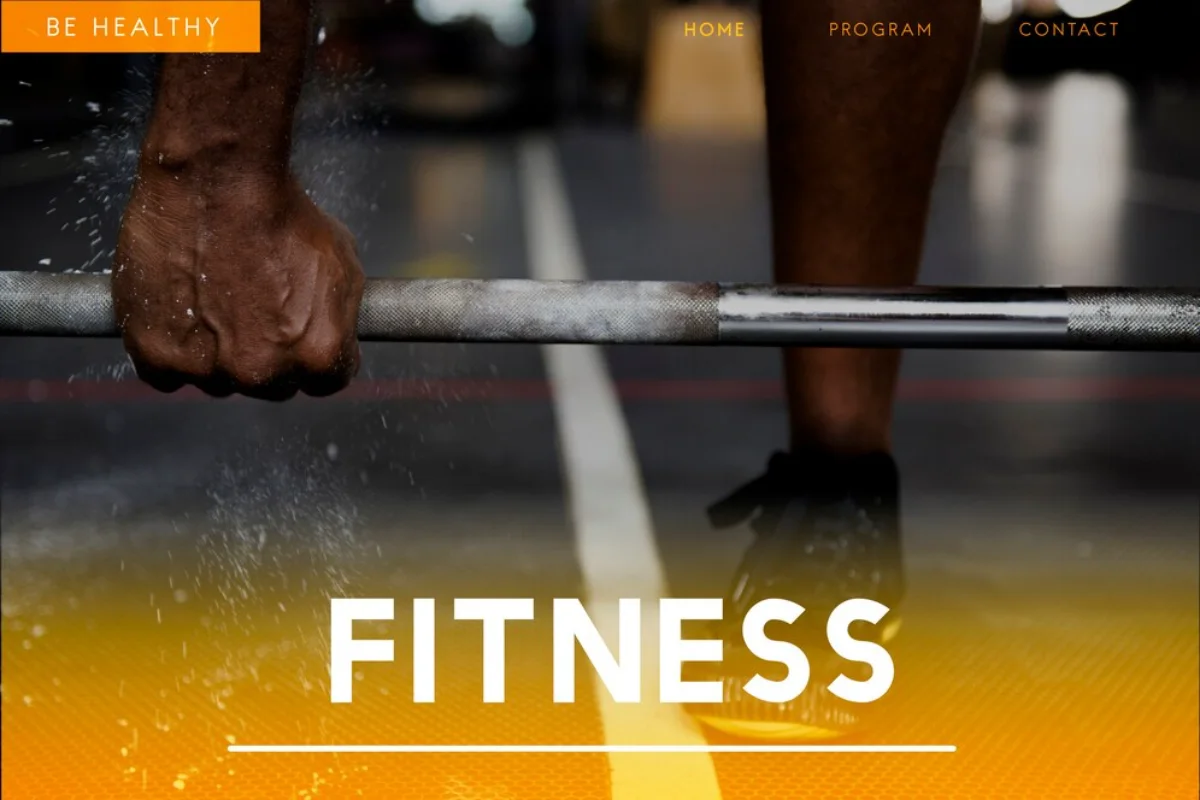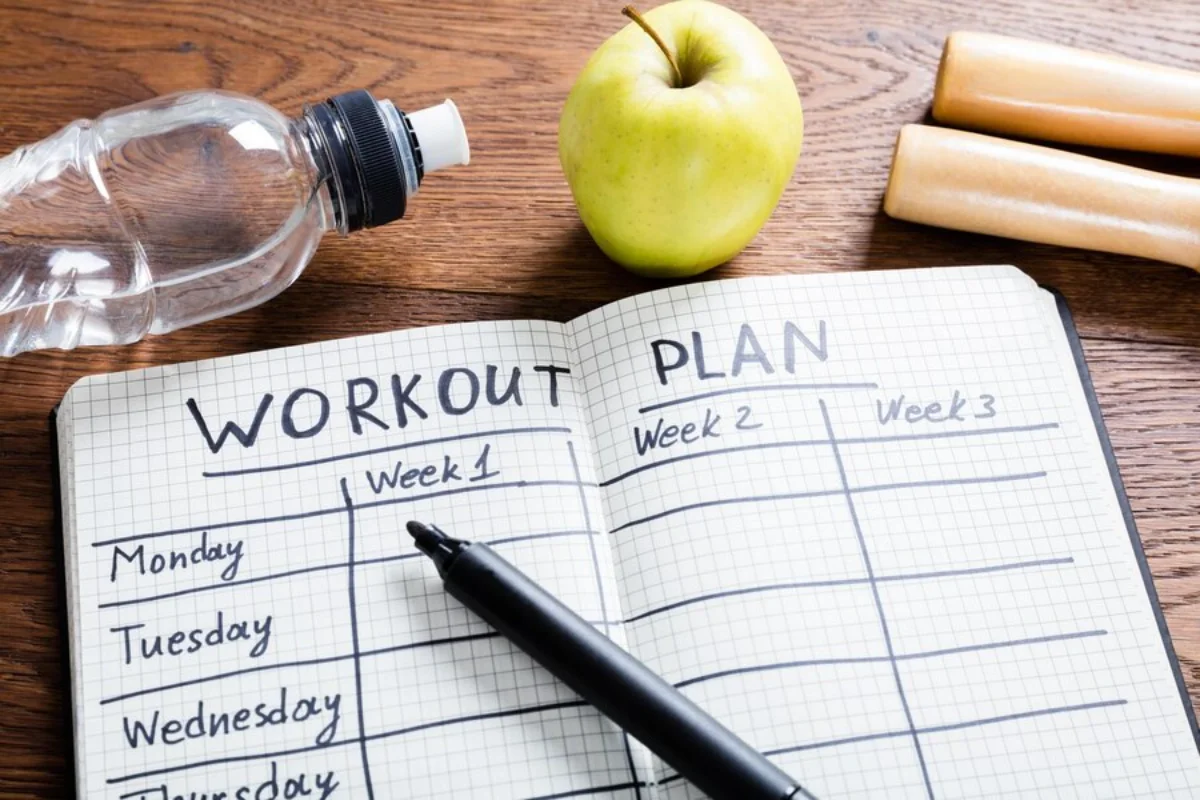
How to Overcome Fitness Plateaus and Stay Motivated
Embarking on a fitness journey is an adventurous and promising new chapter. It’s a spell-binding journey, humming with the potential for metamorphosis and self-actualisation. But, as many fitness lovers can tell you, that thrill can run smack into a wall. Things can come to a complete standstill, and that journey that was once full of life becomes just a chore and a series of steps to complete. This fearsome state called a fitness plateau, can leave many people frustrated and demotivated.
But fear not! Unlocking strategies to shatter these plateaus and rekindle motivation is vital. Staying inspired is the key for anyone dedicated to long-term health and wellness. Let’s turn that plateau into a springboard for renewed passion!
In this article, we will examine fitness stagnation, discuss the importance of setting goals, and examine how changing your mindset can spark your passion and drive. Whether you’re an experienced athlete or just starting out, these insights will help you overcome barriers and move closer to your goals.
Pro Tip: Track your progress with a fitness app or journal to stay focused on your goals.

Quick Guide: How to Overcome Fitness Plateaus and Stay Motivated
- Re-evaluate Your Goals: Set SMART (Specific, Measurable, Achievable, Relevant, Time-bound) goals that are aligned with your personal values.
- Diversify Your Workouts: Incorporate cross-training and experiment with different intensities and workout styles to challenge your body.
- Prioritise Recovery and Nutrition: Ensure quality rest, recovery, and nutrition, including balanced meals and adequate hydration.
- Cultivate a Positive Mindset: Practice mindfulness and visualisation, and seek support from a fitness community to stay motivated.
Important: Don’t ignore recovery needs—overtraining leads to burnout and diminished results.
Understanding Fitness Stagnation
Fitness stagnation happens when your body gets used to your workout routine, stopping your progress. It’s a normal part of fitness, as your body becomes better at exercises over time. While this shows your hard work, it also means your body isn’t challenged anymore, leading to a plateau.
The Psychological Impact
The lack of visible progress can lead to frustration and self-doubt. Many individuals lose motivation when their hard work does not yield the expected results. Understanding that plateaus are a normal part of the fitness journey is essential to maintaining motivation and avoiding burnout.

Step-by-Step Guide to Breaking a Fitness Plateau
Step 1: Re-evaluate Your Goals
Setting SMART Goals
To effectively overcome a fitness plateau, start by re-evaluating your goals. Ensure they are SMART: Specific, Measurable, Achievable, Relevant, and Time-bound.
Example:
- Instead of “get fit,” aim to “increase my running distance by 10% over the next month.”
- Instead of “gain muscle,” set “increase my bench press by 5 pounds in 6 weeks.”
Align Goals with Personal Values
Aligning your fitness goals with your personal values enhances motivation. If your primary focus is longevity, prioritise consistency. If you thrive on competition, set performance-based goals.
Step 2: Diversify Your Workouts
Incorporate Cross-Training
Cross-training is an effective way to break through a fitness plateau. By incorporating various exercises into your routine, you can challenge different muscle groups and prevent your body from becoming too accustomed to a single type of workout.
- Runners: Try adding cycling or swimming.
- Weightlifters: Incorporate yoga or mobility work.
Experiment with Intensity and Volume
Altering your training stimulus can spark progress.
- Increase Resistance: Try heavier weights or more repetitions.
- Adjust Reps & Sets: Modify the structure of your training.
- Try Different Training Styles: Include HIIT, functional training, or plyometrics.
Step 3: Prioritise Recovery and Nutrition
Emphasise Rest and Recovery
Rest and recovery are essential components of any fitness programme. Overtraining leads to fatigue and hindered progress. Incorporate:
- Active rest days (light yoga, walking).
- Quality sleep (7-9 hours per night).
- Mobility work (foam rolling, stretching).
Optimise Your Nutrition
Nutrition plays a crucial role in overcoming fitness plateaus. Fuel your body with a balanced protein, healthy fats, and complex carbohydrates diet.
- Increase Protein Intake: Supports muscle repair and growth.
- Hydration Matters: Proper hydration affects performance and recovery.
- Pre- and Post-Workout Nutrition: Carbs before, protein after workouts.
Step 4: Cultivate a Positive Mindset
Practice Mindfulness and Visualisation
Mindfulness enhances focus and motivation. Techniques such as meditation, journaling, or breathwork can reinforce a positive and determined mindset.
Seek Support and Accountability
Surrounding yourself with a supportive fitness community can be a game-changer. Join:
- A workout group or class.
- An online fitness community.
- A one-on-one coaching programme.
Additional Expert Tips & Common Mistakes to Avoid
Best Practices for Sustained Progress
- Track Your Progress: Use a fitness app or a workout journal.
- Stay Consistent: Regular effort leads to long-term success.
- Stay Informed: Learn new techniques and update your regimen accordingly.
Common Mistakes and Misconceptions
- Ignoring Recovery Needs: Overtraining leads to diminishing returns.
- Focusing Solely on Physical Goals: Consider mental and emotional aspects too.
- Not Adjusting Your Routine: Your body craves progression and adaptation.
FAQs: Breaking Fitness Plateaus
1. How long do fitness plateaus last?
Depending on how quickly you implement changes, a plateau can last from a few weeks to a few months.
2. Should I take a break if I hit a plateau?
A short break (deload week) can sometimes be beneficial, especially if overtraining is the cause.
3. Can diet alone break a fitness plateau?
While diet is crucial, adjusting workouts and recovery practices is also often needed.
4. How do I know if I’m overtraining?
Symptoms include persistent fatigue, decreased performance, mood swings, and trouble sleeping.
5. What are the best exercises to break a plateau?
Compound exercises like deadlifts, squats, pull-ups, and new movements such as kettlebell swings and sledge pushes can be very practical.
6. How often should I change my routine?
A general rule is every 4-6 weeks, but minor tweaks can be made weekly.
7. Can stress impact my fitness progress?
Absolutely! High cortisol levels from stress can hinder recovery and muscle growth.
Conclusion: Break Through Your Fitness Plateau
To overcome fitness plateaus, you need a strategy. These goals are called strategic goals, and they will guide your journey. Inject your routine with new workouts for stimulation and novelty. Make time for conscious recovery so your body can thrive. Keep a positive mindset; it serves as your motivator. Then, you can formulate targeted strategies by identifying the causes of stagnation. This will help break barriers and keep you going.
Remember, fitness is not a linear path but a dynamic process that requires adaptability. Embrace challenges as opportunities for growth.
What strategies will you implement to overcome your fitness plateau? Share your thoughts and experiences in the comments below, and let’s support each other on this journey to health and vitality!


